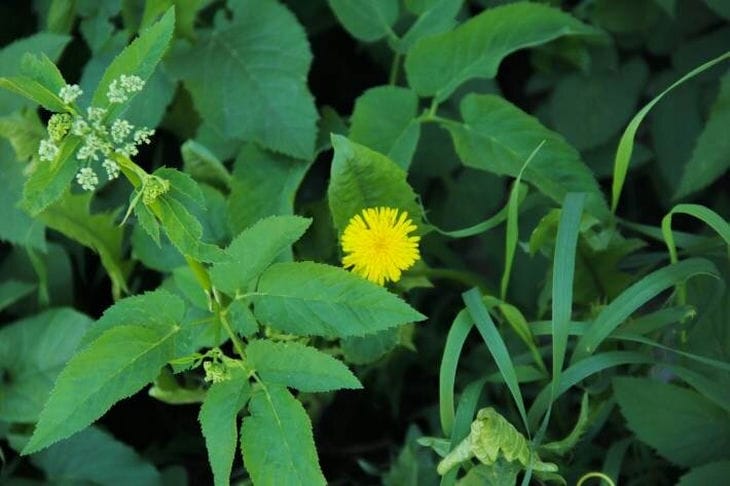How to Reverse Herbicide Effects: Tips Every Gardener Should Know
To get rid of weeds, sometimes you should use special herbicides - they can effectively block the growth of new plants.
Meanwhile, as ADVICE.NEWS reports, if you accidentally use the product where you didn’t want to, you can kill the plants and make the soil infertile.
Here are some tips on how to change that.
Stop using herbicides
The first step, of course, is to stop using herbicides in the area to prevent further damage.
Remove the treated soil
If possible, remove a layer of soil from the area where you used herbicides. This reduces the amount of chemicals in the area.

Add fresh soil
Replace the removed soil with new, clean soil.
This helps dilute the herbicides and provides a better environment for the plants.
Water the area
Water the affected area thoroughly. Water helps wash the herbicides out of the soil.
Wait and watch
Wait a while and watch the plants. If you have managed to neutralize the effect of the herbicides, you will notice new shoots.
Use activated charcoal
Adding activated carbon to the soil can help absorb some herbicides and reduce their impact.
Make friends with beneficial microbes
Adding beneficial microbes, such as those found in healthy compost, can improve soil health and help break down herbicides.
Choose hardy plants
Select plants that are resistant to the herbicides you use. This also helps prevent further damage.
Be patient
It takes time to reverse the effects of herbicides. Be patient and allow natural processes to restore soil health.
Seek professional advice
If the situation does not improve, consider seeking advice from gardening experts or professionals who can provide more specific recommendations.
Earlier we wrote about a cheap and natural solution that will help make an orchid bloom.
